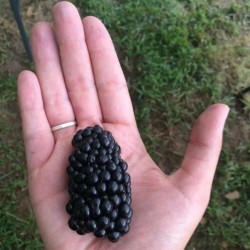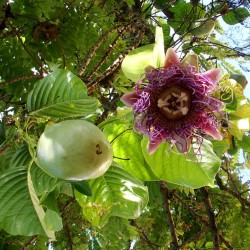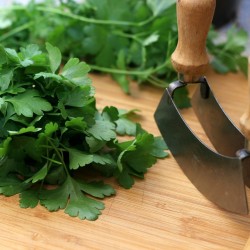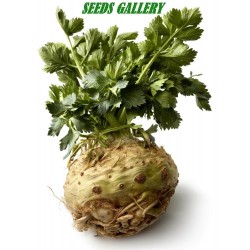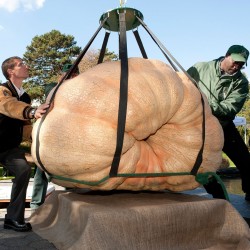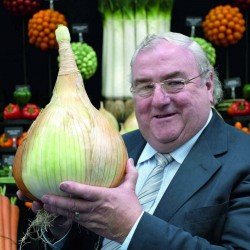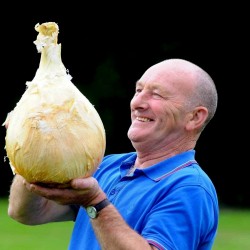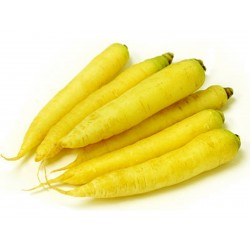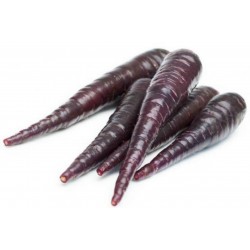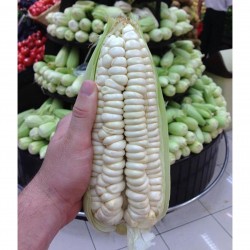
المنتج الأكثر مبيعا

Această plantă are fructe uriașe
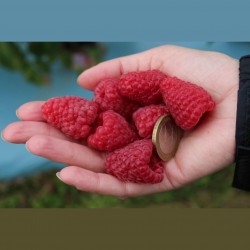
Semințe de zmeură roșie...
Pret
2,45 €
SKU: V 99
Seeds Gallery Com,
5/
5
<div id="idTab1" class="rte">
<h2 class=""><strong>Semințe de zmeură roșie gigantă</strong></h2>
<h2><span style="color: #f80000;" class=""><strong>Preț pentru pachetul de 500 (1g) semințe.</strong></span></h2>
<div>Rubus idaeus (Raspberry, also called Red Raspberry or occasionally as European Raspberry to distinguish it from other raspberries) is a red-fruited species of Rubus native to Europe and northern Asia and commonly cultivated in other temperate regions. A closely related plant in North </div>
<p>America, sometimes regarded as the variety Rubus idaeus var. strigosus, is more commonly treated as a distinct species, Rubus strigosus (American Red Raspberry), as is done here.[3] Red-fruited cultivated raspberries, even in North America, are generally Rubus idaeus or horticultural derivatives of hybrids of R. idaeus and R. strigosus; these plants are all addressed in the present article.</p>
<p>Plants of Rubus idaeus are generally perennials which bear biennial stems ("canes") from a perennial root system. In its first year, a new, unbranched stem ("primocane") grows vigorously to its full height of 1.5-2.5 m, bearing large pinnately compound leaves with five or seven leaflets, but usually no flowers. In its second year (as a "floricane"), a stem does not grow taller, but produces several side shoots, which bear smaller leaves with three or five leaflets. The flowers are produced in late spring on short racemes on the tips of these side shoots, each flower about 1 cm diameter with five white petals. The fruit is red, edible, and sweet but tart-flavoured, produced in summer or early autumn; in botanical terminology, it is not a berry at all, but an aggregate fruit of numerous drupelets around a central core. In raspberries (various species of Rubus subgenus Idaeobatus), the drupelets separate from the core when picked, leaving a hollow fruit, whereas in blackberries and most other species of Rubus, the drupelets stay attached to the core.[4][5][6][7]</p>
<p>As a wild plant, R. idaeus typically grows in forests, forming open stands under a tree canopy, and denser stands in clearings. In the south of its range (southern Europe and central Asia), it only occurs at high altitudes in mountains.[6] The species name idaeus refers to its occurrence on Mount Ida near Troy in northwest Turkey, where the ancient Greeks were most familiar with it.</p>
<p><strong>Fruits</strong></p>
<p>The fruit of R. idaeus is an important food crop, though most modern commercial raspberry cultivars derive from hybrids between R. idaeus and R. strigosus.</p>
<p><strong>Leaves and other parts</strong></p>
<p>Main article: Red raspberry leaf</p>
<p>Red raspberries contains 31 μg/100 g of folate.[8] Red raspberries have antioxidant effects that play a minor role in the killing of stomach and colon cancer cells. Nutr Res. 30(11):777-782 </ref>[9]</p>
<p>Young roots of Rubus idaeus prevented kidney stone formation in a mouse model of hyperoxaluria.[10] Tiliroside from raspberry is a potent tyrosinase inhibitor and might be used as a skin-whitening agent and pigmentation medicine.</p>
<p>Raspberry fruit may protect the liver.</p>
<p><strong>Chemistry</strong></p>
<p>Vitamin C and phenolics are present in red raspberries. Most notably, the anthocyanins cyanidin-3-sophoroside, cyanidin-3-(2(G)-glucosylrutinoside) and cyanidin-3-glucoside, the two ellagitannins sanguiin H-6 and lambertianin C are present together with trace levels of flavonols, ellagic acid and hydroxycinnamate.</p>
<div>
<p>Polyphenolic compounds from raspberry seeds are efficient antioxidants.</p>
<h2 class="header Heading3"><span style="color: #008000;">Seed Germination</span></h2>
<ul>
<li class="step"><span style="color: #008000;">1</span>
<div class="stepMeat">
<div>
<p><span style="color: #008000;">Fill a seed starter tray with sterile potting soil in the early fall. Press one to two raspberry seeds ¼ inch down into the soil of each cell. Pat the soil down gently over the seeds to remove air pockets.</span></p>
</div>
</div>
</li>
<li class="step"><span style="color: #008000;">2</span>
<div class="stepMeat">
<div>
<p><span style="color: #008000;">Mist the soil lightly to dampen, using a spray bottle filled with water. Keep the soil moist throughout the germination process. Place the seed starter tray in a cool, dark area while the raspberry seeds germinate. The seeds will begin to sprout within three months.</span></p>
</div>
</div>
</li>
</ul>
<ul>
<li class="step">
<div class="stepMeat">
<div>
<p><span style="color: #008000;">Set the seed starter tray in an area that receives bright, indirect sunlight once the seeds begin to sprout. If this is not possible, set up a grow light and place the seed starter tray underneath.</span></p>
</div>
</div>
</li>
<li class="step"><span style="color: #008000;">4</span>
<div class="stepMeat">
<div>
<p><span style="color: #008000;">Continue to keep the soil moist and provide the raspberry plants with adequate light as they continue to grow. Transplant the raspberry plants outdoors in the spring, as soon as the soil is workable.</span></p>
<h2 class="header Heading3"><span style="color: #008000;">Outdoor Transplanting</span></h2>
<ul>
<li class="step"><span style="color: #008000;">5</span>
<div class="stepMeat">
<div>
<p><span style="color: #008000;">Select an area for transplanting your raspberries that contains full sun and well-drained soil with a pH between 5.5 and 6.5. Test the soil if you are unsure of your soil pH, using a soil testing kit purchased from a garden center.</span></p>
</div>
</div>
</li>
<li class="step"><span style="color: #008000;">6</span>
<div class="stepMeat">
<div>
<p><span style="color: #008000;">Turn over the soil with a pitchfork after the final winter frost and add lime to the soil if the pH is below 5.5. Add peat moss if the soil pH is above 6.5. Add the required amendment according to label instructions.</span></p>
</div>
</div>
</li>
<li class="step"><span style="color: #008000;">7</span>
<div class="stepMeat">
<div>
<p><span style="color: #008000;">Dig holes for the raspberry plants that are comparable in size to their root balls. Space each hole 2 feet apart. Space rows 8 to 12 feet apart. Remove the raspberry plants from the seed starter tray, placing one raspberry plant in the center of each hole. Backfill the holes.</span></p>
</div>
</div>
</li>
<li class="step"><span style="color: #008000;">8</span>
<div class="stepMeat">
<div>
<p><span style="color: #008000;">Water the raspberry plants generously after planting. Use a soaker hose that will deliver deep watering. Water at a rate of 1 inch per week, keeping the soil moist at all times during the growing season.</span></p>
</div>
</div>
</li>
<li class="step"><span style="color: #008000;">9</span>
<div class="stepMeat">
<div>
<p><span style="color: #008000;">Cut the raspberry plants down to the soil line, using a sharp pair of scissors or pruning shears, in the late fall. Cutting the plants back will encourage growth the following spring.</span></p>
</div>
</div>
</li>
<li class="step"><span style="color: #008000;">10</span>
<div class="stepMeat">
<div>
<p><span style="color: #008000;">Fertilize the raspberry plants the following spring when they begin to grow again. Apply a 10-10-10 fertilizer per label instructions. Continue to keep the soil moist. Harvest the raspberries when they ripen in the summer.</span></p>
</div>
</div>
</li>
</ul>
</div>
</div>
</li>
</ul>
</div>
</div>
<script src="//cdn.public.n1ed.com/G3OMDFLT/widgets.js"></script>
V 99 (1g)





